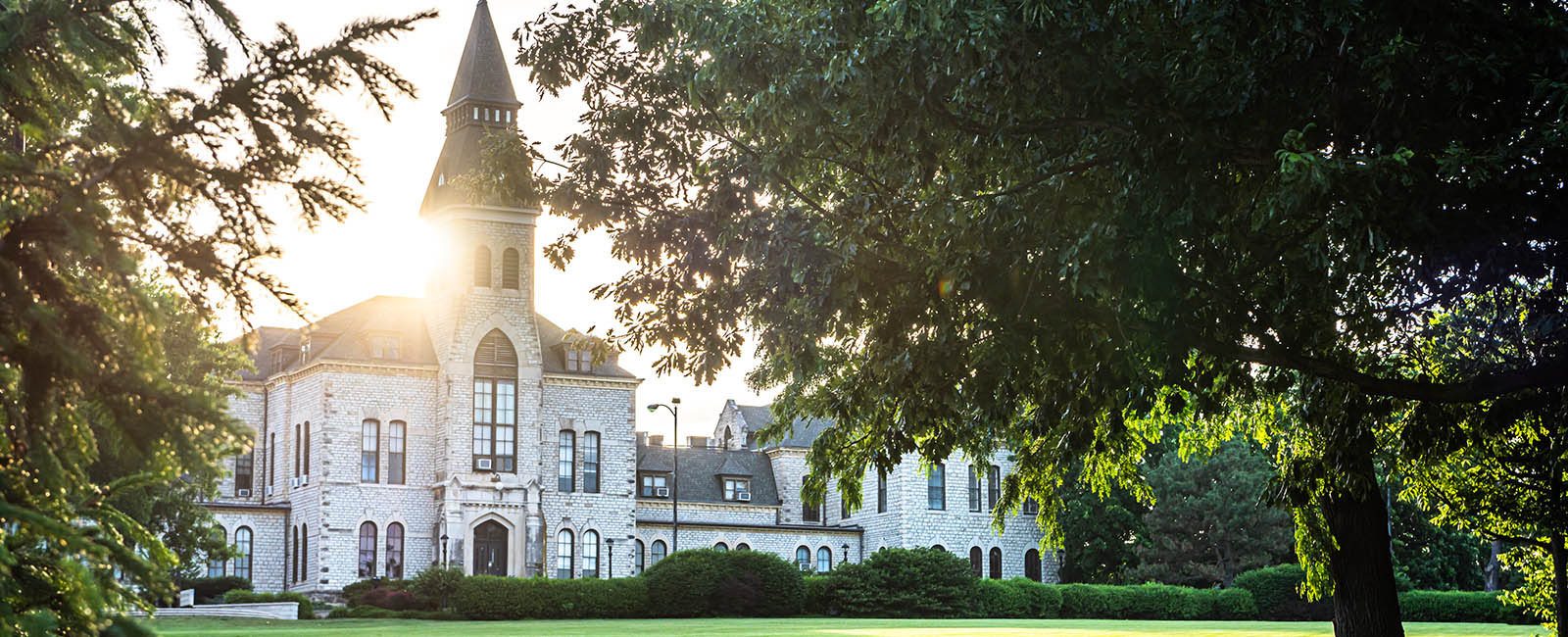
Communications and Marketing
The Division of Communications and Marketing, or DCM, provides strategic communications and marketing leadership for Kansas State University.
K-State News
Read all of the latest K-State news, including recent releases, K-State Today articles and stories citing K-State expertise.